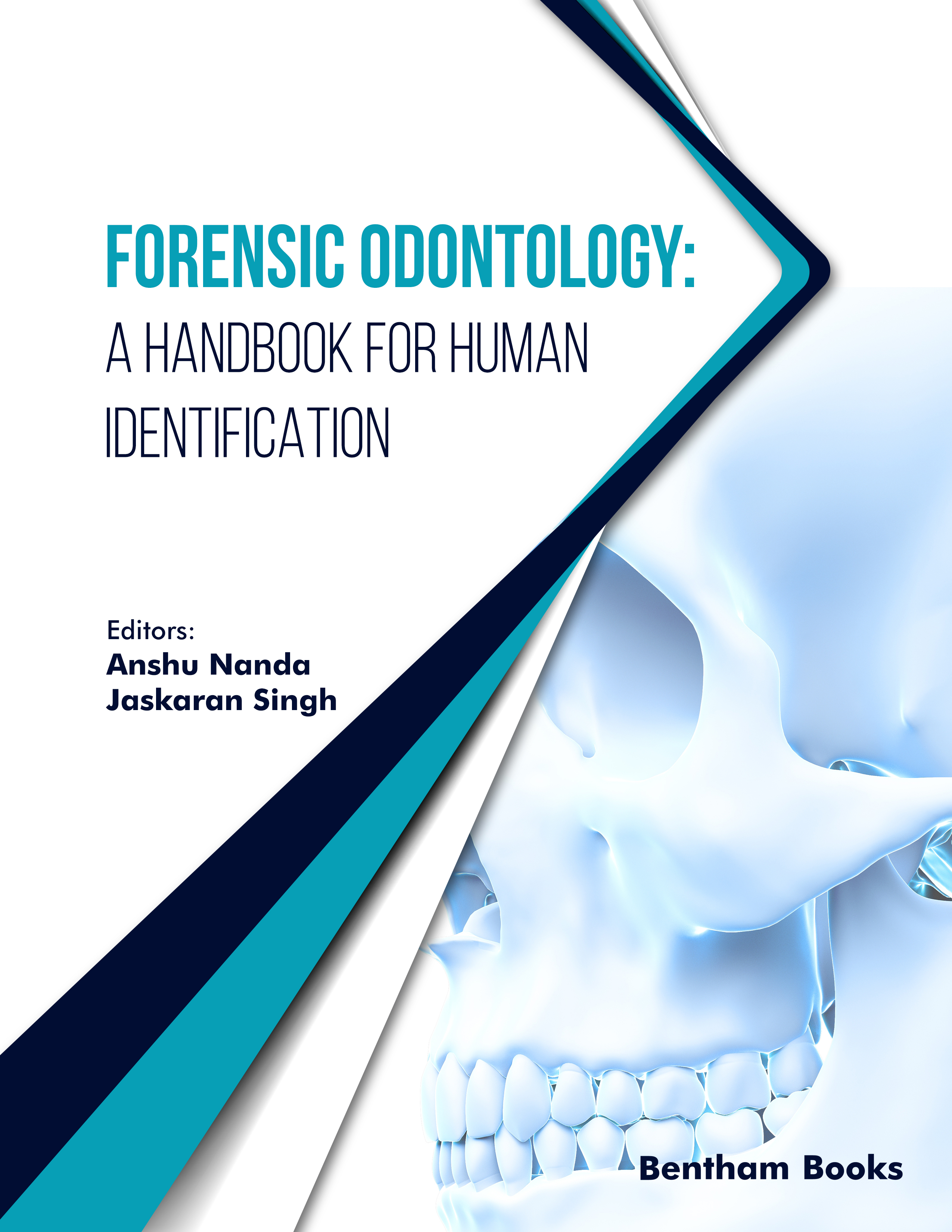Introduction
This concise yet comprehensive book provides conceptual knowledge about forensic odontology in medical, dental, allied and litigation purposes.
Written by authors that are highly knowledgeable, experienced and well-established in the field, this handbook lucidly explains basic and advanced components of dental forensics, beginning with anatomical attributes of the tooth, age assessment, dental anomalies and moving ahead to DNA fingerprinting from dental pulp, disaster victim identification from dentures, bite marks and oral autobiography which is a pragmatic approach in identification.
Key features:
- Gives an insight into basic and advanced aspects necessary to become an expert practitioner in forensic dentistry with a focus on how to provide apt evidence and explanations
- Brings out remedial measures for challenges in disaster victim identification which can prove to be very helpful in crisis management
- Provides references for further reading
This book is intended as a handbook for readers who require a basic exposure to forensic dentistry. It will benefit learners and working professionals in forensic medicine, clinical settings, legal review, litigation, disaster management and allied roles involved in the criminal justice system.

